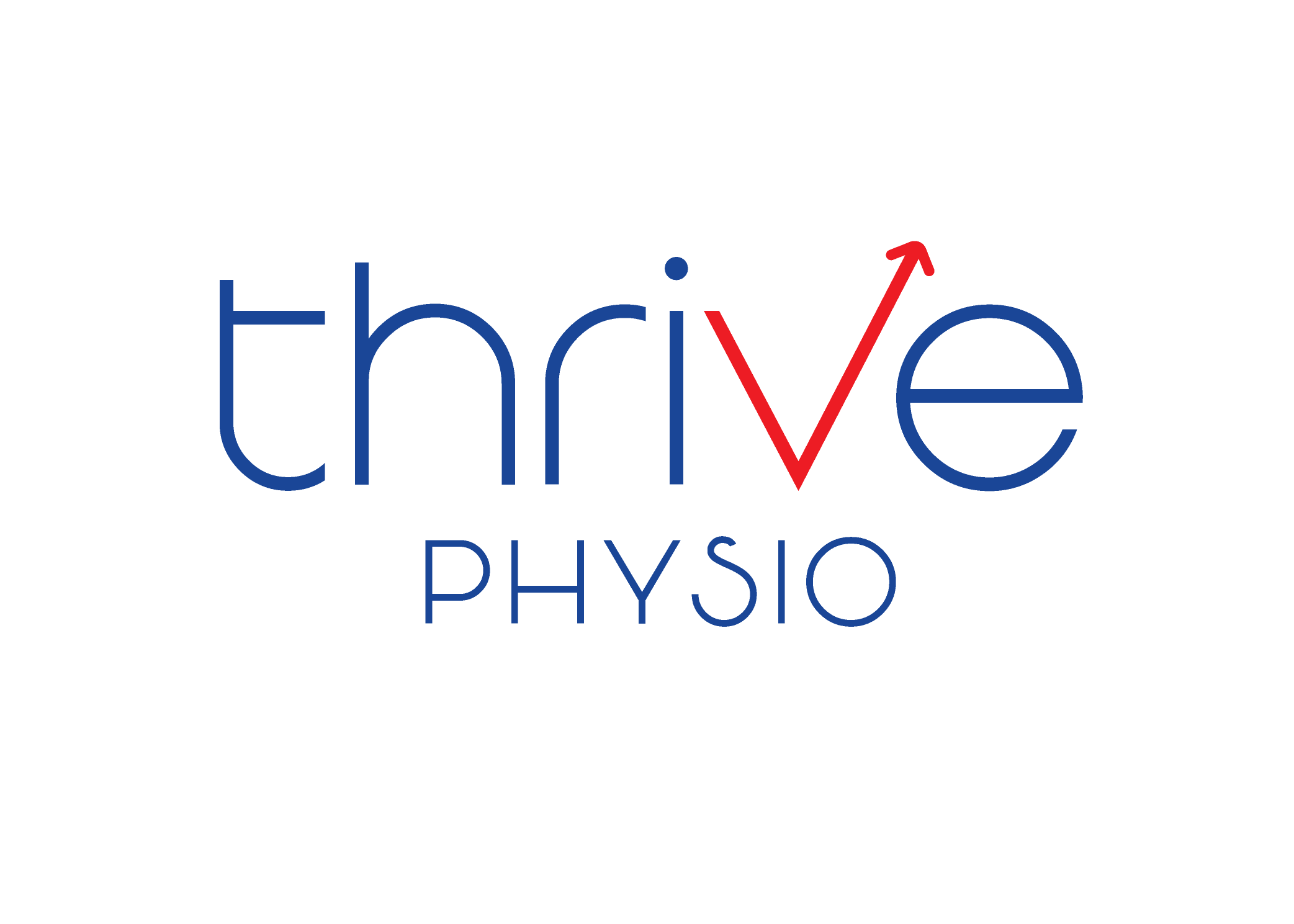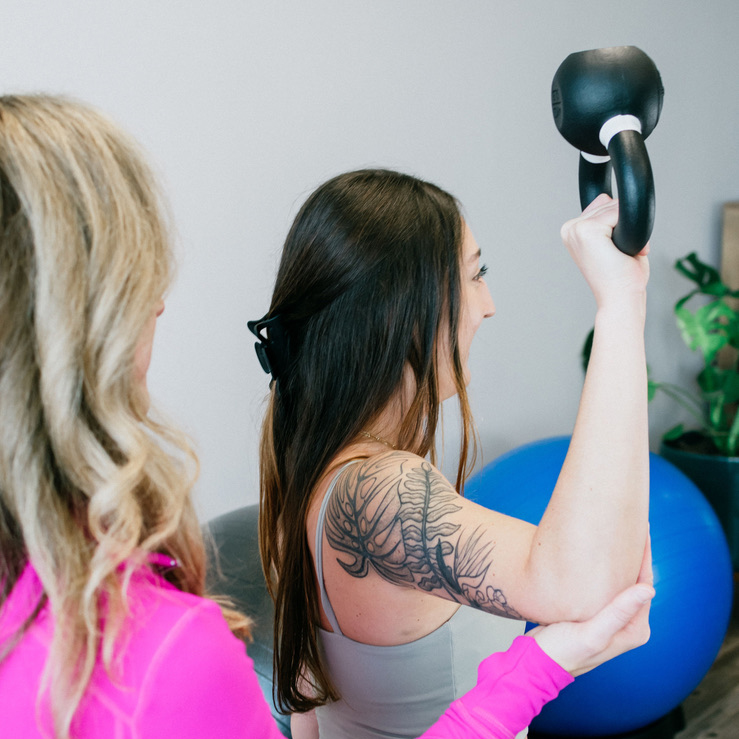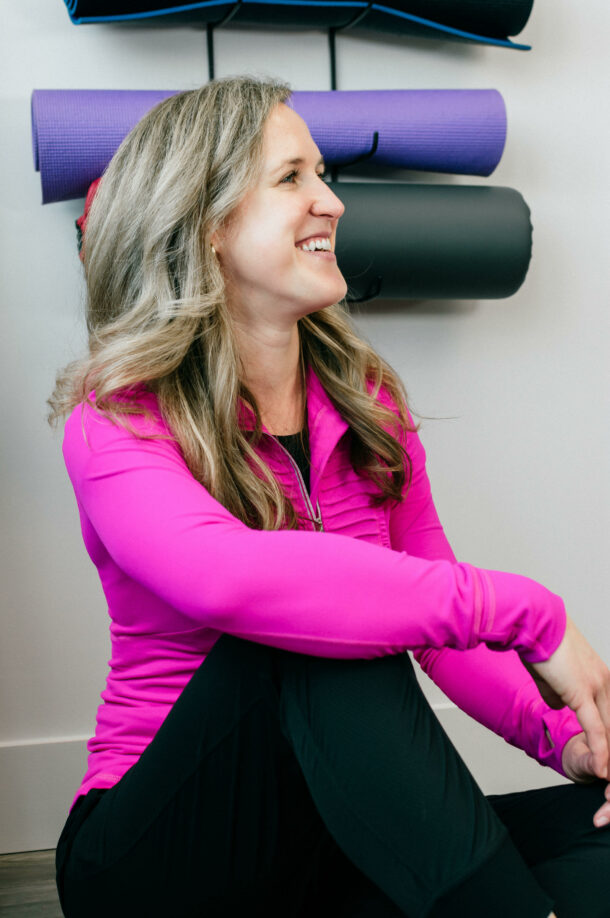You’re just training your upper body
As an overhead athlete myself, I remember what I *thought* I should be training when I got to the collegiate level compared to what my trainer focused on. Being a pitcher, I knew my right arm had always been bigger than my left and I figured the stronger that arm was, the better. Yet most of our workouts were directed at lower body strength and power, and functional core movements. Hmm. Well, turns out my trainer knew a lot more about the body than I did at that point and he was absolutely right.
Releasing the ball from your hand to throw (overhand or underhand) is just the last step in a whole kinetic chain movement. The movement is initiated from the ground up, so the whole body must be coordinated in its delivery in order to maximize accuracy and power. Your leg drive off the mound or court starts the movement, with your hips being the powerhouse behind this drive. Then, your core must transfer the force from your lower body to your upper body. Usually this has some kind of rotational component as well as an extension to flexion moment (meaning, your exercises should include multidirectional and multiplanar movements, not just crunches or static planks!). Then, your arm’s job is to carry all of that built up power out of your finger tips and into the ball.
So, although training the mobility and stability of your shoulder is of course relevant and important, working on your legs, core and upper back muscles will be the main way to prevent injury and stay healthy on the field or on the court.
You don’t prioritize your warm-up and cooldown regimens
Even if you do all the right things in the gym, in your bullpens or during drills in practice, what you do before and after a game is key to injury prevention. Your warm-up should consist of dynamic exercises that mimic the types of movements you will be doing on the field. This may include:
- Shoulder mobility
- Torso rotation
- Core activation
- Hip rotation
- Leg drive
If you know you’ll have down time between times of play, try to stay warm by continuing some of these dynamic exercises intermittently throughout the day. I know from playing a spring sport in Ithaca, NY that it is NOT always easy to stay warm— clothing layers and hand warmers are fair game too!
Your cooldown may include more static stretching if this feels good to you. You may also want to ice down or take an ice bath that may help to reduce muscle soreness and calm your central nervous system to improve recovery.
Too much too soon
Oftentimes, even if we do the right exercises in the gym, have a good pre- and post-game routine, we can still end up with pain and injuries. This can be frustrating if you’ve spent a lot of time trying to do all the right things for your body. But at the end of the day, training errors make up a lot of the reason we end up having issues. One of the most common training errors is doing too much too soon. This can come in several forms. Maybe you had a great off-season conditioning, but you take a week off for vacation right before the season starts and come back to team practice for the first time. Or you have been doing your exercises, but haven’t thrown a bullpen or swung your racket for an hour-long session with your coach in a while. Or maybe you are working on your mechanics and changed your form so you are stressing your body in a different way and decide to practice 5 days in a row like that. There are so many of these micro versions of “too much too soon” that put your body at risk for injury. Try to ensure your training is consistent and that any breaks are followed with a period of ramp up afterward. In addition, if you are changing your form you may need to alter your training duration or intensity to account for the new mechanics.
Make sure that you, your coach and your trainer are all on the same page! Yes, winning is the ultimate goal for all of us…but we can’t win if we’re not healthy. So let’s make sure we start there.
If you are an overhead athlete experiencing pain or feel you need a more in depth analysis, click here to request an Initial Evaluation with Dr. Elizabeth Dalrymple.



